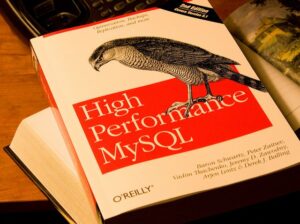Posted inMySQL
How to fix System.Collections.Generic.KeyNotFoundException “The given key was not present in the dictionary” Exception with MySQL Connector/NET and utf8mb4 character set
An System.Collections.Generic.KeyNotFoundException "The given key was not present in the dictionary" can be the result of using a too old MySQL Connector/NET version in your ASP.NET web application.

